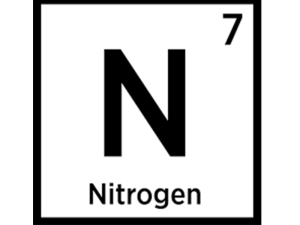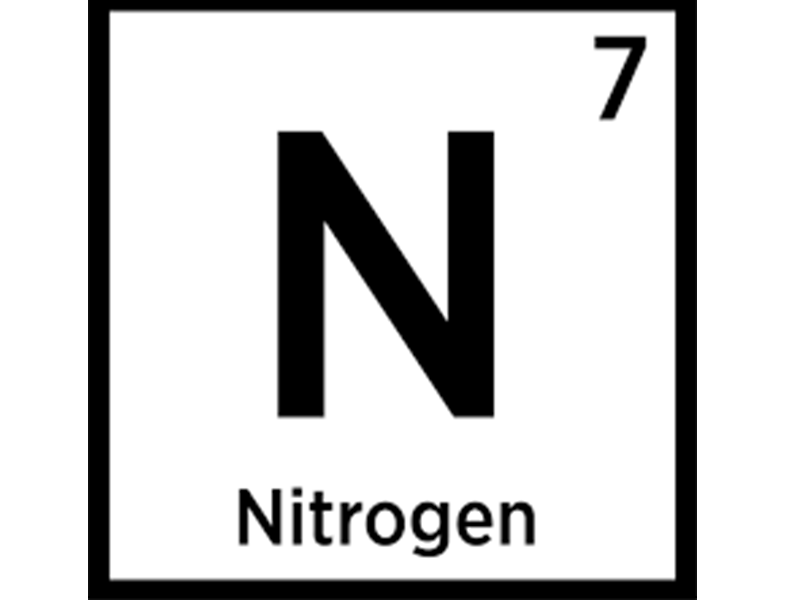By Andy Landolfi
Looking out across the Long Island Sound at the East Haven Town Beach satisfies an unexplainable natural desire. Watching gentle bumps of water crawl toward the sleepy shoreline and then witnessing the elegant transition between wave and white froth allows for a sense of calm to wash over anyone watching.
 Yet beneath the hypnotic waves, a silent battle is waged — a nutrient war persists.
Yet beneath the hypnotic waves, a silent battle is waged — a nutrient war persists.
According to Mark Tedesco, the office director of the Long Island Sound EPA Division, managing the amount of nitrogen present in Long Island Sound is a chief concern.
“Nitrogen pollution,” Tedesco said, “robs the water of dissolved oxygen.”
According to a document released by the Long Island Sound Study, a Long Island Sound research group, nitrogen robs water of oxygen in a secondhand fashion: nitrogen increases the growth of algal blooms. Once these algal blooms die, the decaying algae leach dissolved oxygen from the water. The decline in dissolved oxygen then threatens to unsettle the ecosystem and the wildlife living in and around the water.
Combating the levels of nitrogen in the water is not an easy undertaking, Tedesco said.
“There are a few different ways that nitrogen enters the Sound,” Tedesco said. “The major source is wastewater treatment facilities.”
Nitrogen in wastewater primarily comes in the form of ammonia from human urine, and, although wastewater treatment facilities remove some of the nitrogen, the process is far from perfect. With nearly 275 billion gallons of treated water pouring into the Long Island Sound each year from any of the 106 wastewater treatment plants along the Long Island Sound, any imperfections in the denitrification process at any of the facilities carries consequences.
This year, the EPA has allocated $40 million to help improve the existing technology at wastewater treatment plants along the Long Island Sound to help alleviate the growing problem, and initial goals have been met.
But despite the gains made in nitrogen reduction through upgrades in technology at wastewater treatment facilities, alternate sources bring nitrogen into the Long Island Sound.
According to Tedesco, two other avenues of nutrient pollution in the form of nitrogen are atmospheric and fertilizer-based. After periods of rainfall, fertilizer, which contains a great deal of nitrogen, mixes with runoff. This runoff, and the nitrogen-laced fertilizer it carries, eventually drains into the Long Island Sound. Then atmospheric nitrogen, through the process of atmospheric deposition, ends up in the sound after pollutants trapped in the atmosphere are captured by falling precipitation and carried to the ground.
Unlike nitrogen arriving in the Long Island Sound through wastewater treatment, reducing the amount of fertilizer and atmospheric nitrogen deposition is more complex because the reduction comes through raising awareness with the general population rather than infrastructure upgrades that can be controlled by the government, Tedesco said.
“We’ve started to use Twitter and other online platforms to reach out to the public,” communications coordinator for the New England Interstate Water Pollution Control Commission, Robert Burg, said. “We’ve also started to post all of our previously paper based reports online for better accessibility.”
Through digital and other outreach strategies, Tedesco and Burg hope to raise awareness about how minor changes in personal behavior — testing the soil before fertilizing, for instance — could greatly improve the health and quality of the Long Island Sound for people and animals alike.
Andy Landolfi is a senior journalism major at Quinnipiac University. He is writing about the Long Island Sound this spring. He can be reached at andrew.landolfi@quinnipiac.edu.
